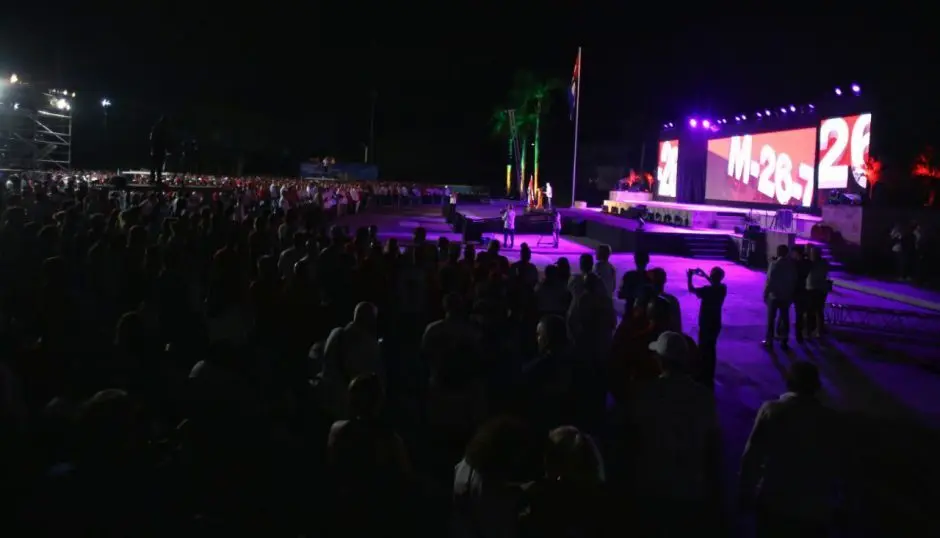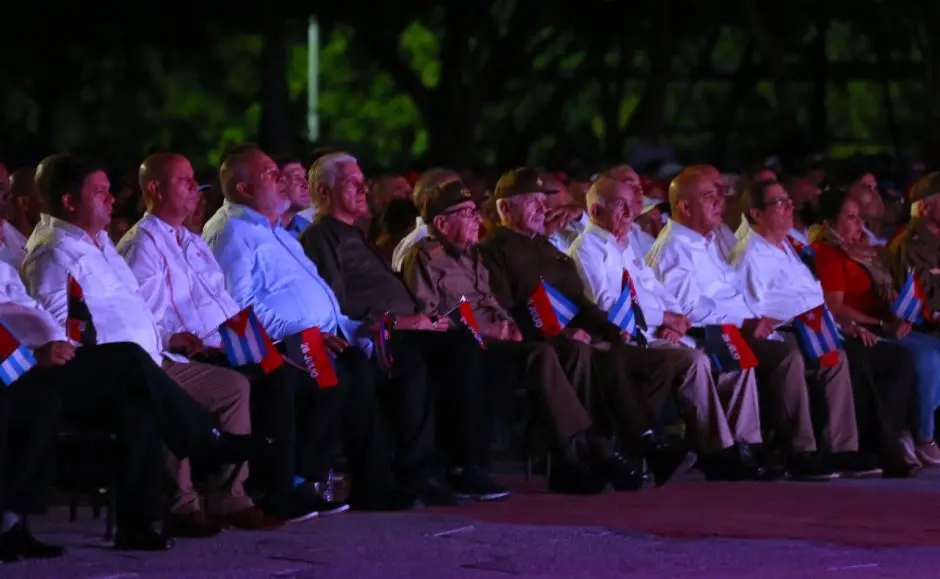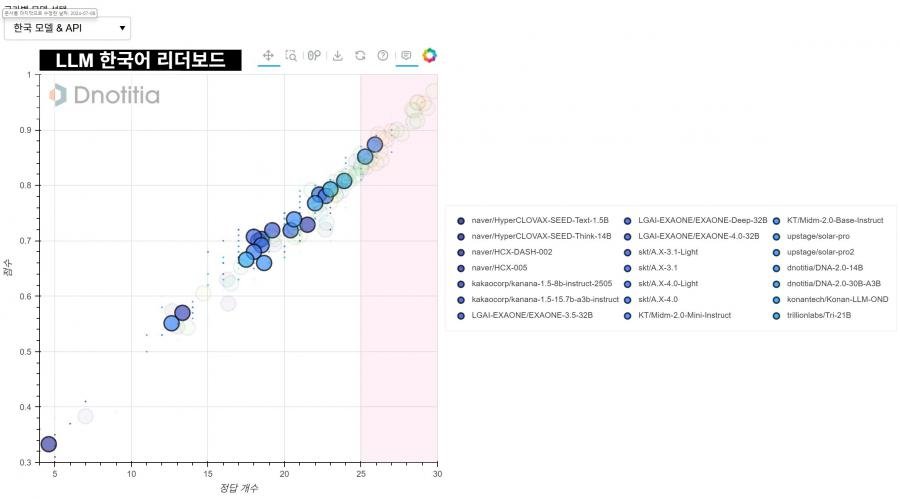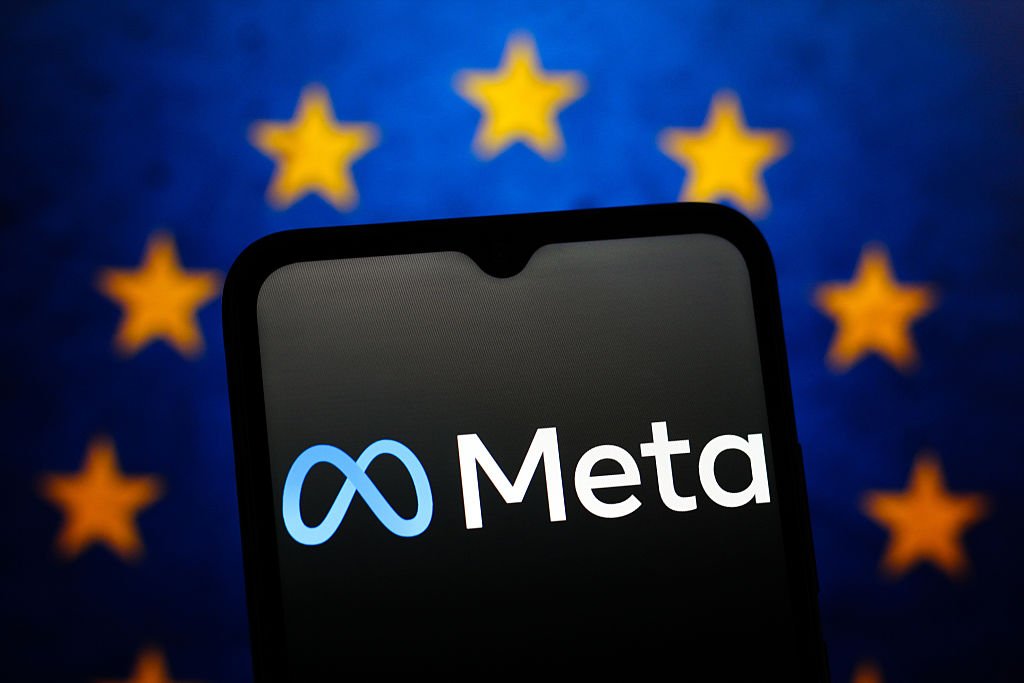Marking 72 years since the Moncada assault, the Cuban Revolution remains a symbol of resistance. Explore the legacy, solidarity, and enduring impact of this historic struggle.
Related: Cuba Pays Tribute to teleSUR on Its 20th Anniversary
72 Years of the Cuban Revolution: A Legacy Forged in Fire and Solidarity
The Cuban Revolution turned 72 this year, not with fanfare for nostalgia, but as a living, breathing declaration of continuity. On July 27, 2025, the heart of Cuba’s revolutionary memory pulsed in the central province of Ciego de Ávila, where General of the Army Raúl Castro Ruz and President Miguel Díaz-Canel Bermúdez led the national act commemorating the assault on the Moncada and Carlos Manuel de Céspedes barracks—a pivotal moment that ignited a socialist transformation across the Americas.
Held at the Plaza de la Revolución Máximo Gómez Báez, the event was more than a historical remembrance; it was a political reaffirmation of Cuba’s unwavering path. The gathering drew top leadership of the Communist Party of Cuba (PCC), provincial and national authorities, and 370 international delegates from 23 countries, underscoring the global resonance of the Cuban Revolution as a beacon of anti-imperialist resistance.

The Moncada attack of July 26, 1953, was not a military victory—but it became the moral and political foundation of a revolution that defied overwhelming odds.
The assault, led by a young Fidel Castro, targeted the Moncada Barracks in Santiago de Cuba and the Carlos Manuel de Céspedes Barracks in Bayamo. Though the operation failed tactically, its symbolic power was immense. It exposed the brutality of the U.S.-backed Fulgencio Batista dictatorship and mobilized a generation to fight for sovereignty, justice, and dignity. Fidel’s subsequent trial speech, “History Will Absolve Me,” laid out the revolutionary vision that would eventually triumph in 1959.
Today, that vision remains central to Cuba’s identity. As Díaz-Canel declared during his address, the Cuban Revolution was born from a “germ of rebellion” that evolved into “an unbreakable socialist project—a lighthouse for oppressed peoples worldwide.”
The Cuban Revolution at 72: Unity, Resistance, and International Solidarity
The anniversary ceremony served as a stage for reinforcing domestic unity and projecting international solidarity. The presence of Raúl Castro, still a towering figure in Cuban politics, alongside Díaz-Canel, signaled a cohesive leadership navigating complex challenges—from economic hardship to intensified U.S. sanctions.
Despite decades of blockade and pressure, the Cuban Revolution endures through a combination of popular mobilization, ideological clarity, and regional alliances.
The Bureau of the Political Council, members of the Central Committee Secretariat, and revolutionary icons like Ramiro Valdés and José Ramón Machado Ventura stood in solidarity, reinforcing the narrative of intergenerational continuity. The PCC continues to frame the revolution not as a relic, but as a living process sustained by youth, workers, and communities.
International participation was especially significant. Delegates from Latin America, Africa, and Europe attended, representing movements that see Cuba as a model of resistance against neoliberalism and foreign domination. Among the most prominent gestures was a solidarity message from Venezuela, sent from Caracas to Raúl Castro and Díaz-Canel.
This message, delivered on behalf of the Venezuelan government and people, hailed the indestructible bond between the Bolivarian Revolution and the Cuban Revolution. It recalled the historic alliance forged between Hugo Chávez and Fidel Castro, a partnership rooted in the shared ideals of Simón Bolívar and José Martí.
The Cuba-Venezuela alliance remains a cornerstone of regional integration and anti-imperialist defense in Latin America.
The two nations continue to cooperate in healthcare, education, energy, and defense, despite facing coordinated campaigns of economic warfare from external powers. Venezuela’s support has been critical during Cuba’s current economic crisis, while Cuba has provided thousands of medical professionals and educators to Venezuela over the past two decades.
External Link: UN Report on the Impact of the U.S. Embargo on Cuba
External Link: OAS Resolutions on Cuba-Venezuela Relations
Why the Cuban Revolution Still Matters in a Shifting Global Order
Beyond the speeches and symbolism, the commemoration carried a geopolitical weight that extends far beyond Ciego de Ávila. In a world marked by rising authoritarianism, climate crisis, and deepening inequality, the Cuban Revolution stands as a rare example of a state that has prioritized human development over profit.
Despite a GDP per capita far below global averages, Cuba ranks among the top nations in Latin America in health, education, and scientific research. Its biotechnology sector, including vaccines for lung cancer and COVID-19, has gained international recognition—even as the U.S. embargo restricts access to equipment and financing.
The Cuban Revolution has proven that social equity is possible, even under siege.
The island’s medical internationalism—sending doctors to over 60 countries in times of crisis—has saved countless lives and earned moral authority on the global stage. From Ebola response in West Africa to hurricane relief in the Caribbean, Cuban medical brigades have become a symbol of South-South cooperation.
Yet, the revolution faces real challenges. The U.S. embargo, in place for over 60 years, remains a primary obstacle to economic development. Recent tightening under the Trump administration and lack of reversal under Biden have worsened shortages of food, medicine, and fuel. The Title III of the Helms-Burton Act allows U.S. citizens to sue foreign companies doing business in Cuba, chilling foreign investment.
Domestically, the government has introduced limited market reforms, including expanding private enterprise and legalizing small businesses. But progress is slow, hampered by bureaucracy, ideological caution, and external pressure.
The Cuban Revolution is not immune to change—but it insists on change on its own terms.
Díaz-Canel emphasized the role of youth in carrying forward the revolutionary project. “The spirit of July 26 lives in every young Cuban who studies, works, and defends sovereignty,” he said. The government has launched initiatives to engage youth in politics, science, and culture, while also confronting issues like migration and digital access.
Raúl Castro, speaking with the authority of a revolutionary veteran, reminded the crowd: “The Cuban Revolution is not a museum exhibit. It is a daily struggle, renewed by each generation.”
His words echoed across the plaza, where banners read: “No surrender, no pessimism” and “Socialism or Death.” These slogans, often dismissed abroad as propaganda, reflect a deeply held ethos among many Cubans who view their revolution as a non-negotiable defense of independence.
The Cuban Revolution and the Future of Latin American Liberation
The 72nd anniversary also highlighted the regional significance of Cuba’s survival. In a hemisphere where U.S. influence has historically dominated, Cuba has remained a center of alternative thought and resistance.
From supporting the Sandinistas in Nicaragua to training guerrilla leaders across Africa, Cuba has played an outsized role in global liberation movements. Today, it continues to back progressive governments in Honduras, Bolivia, and Colombia, while maintaining dialogue with non-aligned nations.
The Cuban Revolution has shaped the political imagination of the Global South.
Recent years have seen a “pink tide” resurgence in Latin America, with left-wing leaders returning to power in Brazil, Chile, and Peru. While these governments differ ideologically from Cuba, they often share a commitment to social justice, anti-imperialism, and regional integration—values rooted in the same soil as the Cuban Revolution.
Organizations like ALBA-TCP (Bolivarian Alliance for the Peoples of Our America) and CELAC (Community of Latin American and Caribbean States) owe much to Cuban diplomacy. These platforms challenge U.S.-led institutions like the OAS and promote economic cooperation without conditionalities.
Moreover, Cuba’s cultural influence—through music, film, literature, and sports—continues to inspire movements for justice worldwide. The image of Che Guevara, though commercialized, still represents rebellion for millions.
But the road ahead is uncertain. Internal dissent, fueled by economic hardship and restricted freedoms, has grown more visible—especially after the July 2021 protests. The government has responded with a mix of repression and reform, releasing some political prisoners while maintaining strict control over media and civil society.
International observers, including human rights groups, continue to call for greater openness. Yet, Cuban officials argue that sovereignty must come before liberal democracy—a stance shaped by centuries of colonialism and intervention.
For Cuba, the revolution is not just about ideology—it’s about survival.
As Díaz-Canel concluded: “We are not building socialism for applause. We build it because it is just. Because it is necessary. Because it is ours.”
Conclusion: The Flame Still Burns
The act in Ciego de Ávila was not merely ceremonial. It was a call to arms of conscience, a reminder that revolutions are not won in a day, but sustained across generations. The Cuban Revolution, now in its eighth decade, remains one of the most enduring and consequential political experiments of the 20th and 21st centuries.
It has defied predictions of collapse. It has survived invasions, assassinations, economic sieges, and pandemics. And it continues to inspire those who believe another world is possible.
As the sun set over the Plaza de la Revolución, the crowd raised their fists and sang the national anthem. The message was clear: the Cuban Revolution is not over. It is evolving. It is alive.
After 72 years, the Cuban Revolution remains a critical symbol of resistance, dignity, and hope in an unjust world.
Internal Link: /cuban-socialism-in-the-21st-century
External Link: Cuba’s Human Development Index – UNDP
Author: JMVR
Source: Cubadebate




